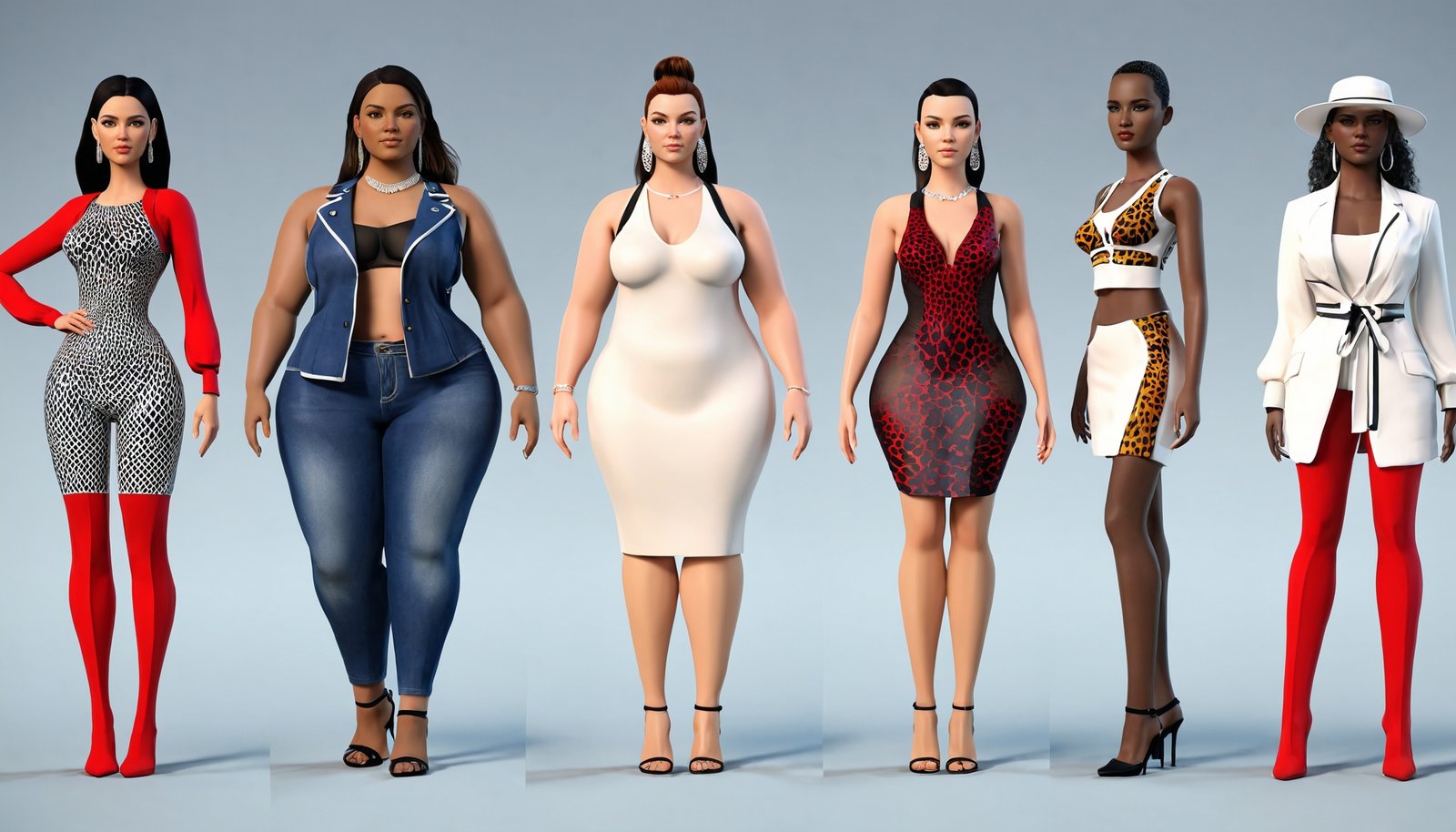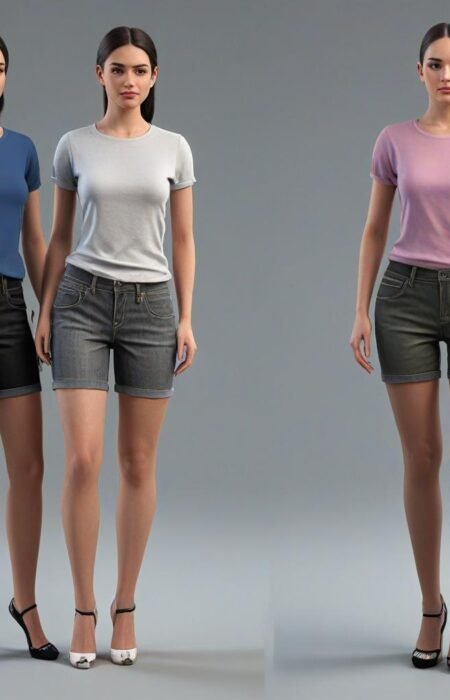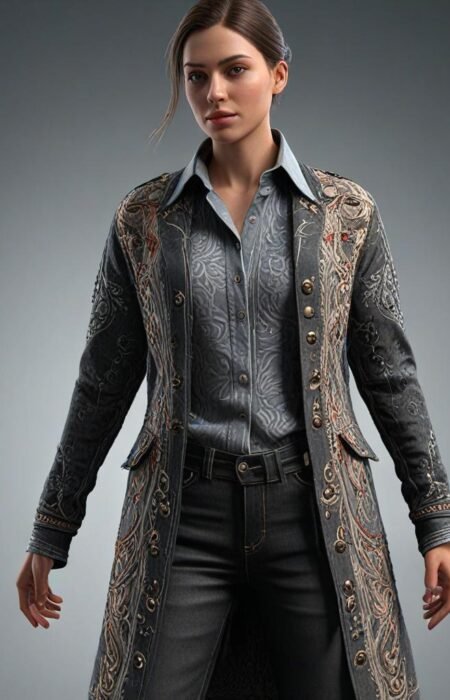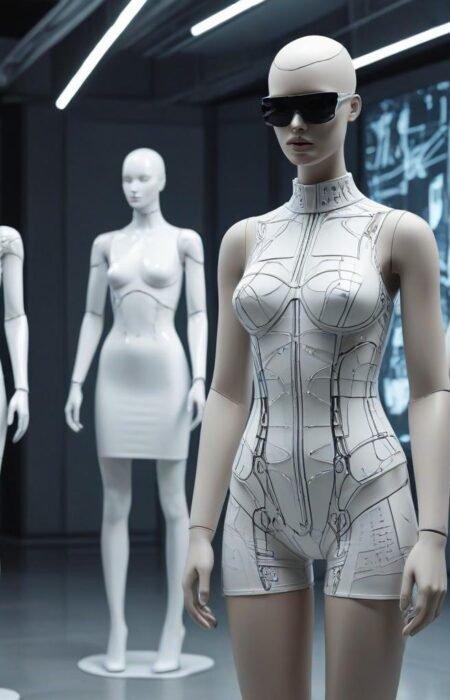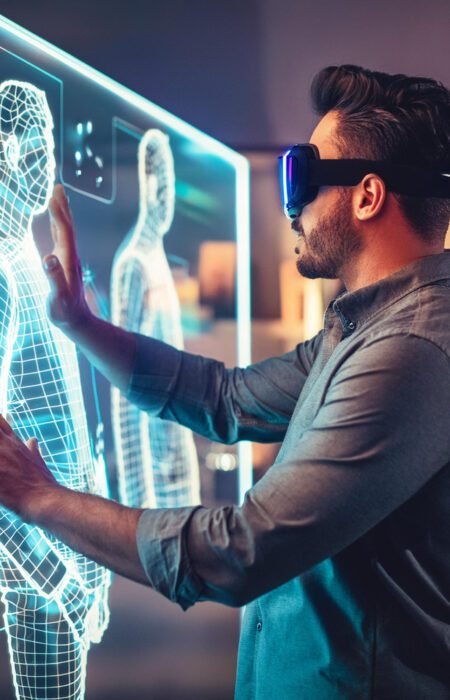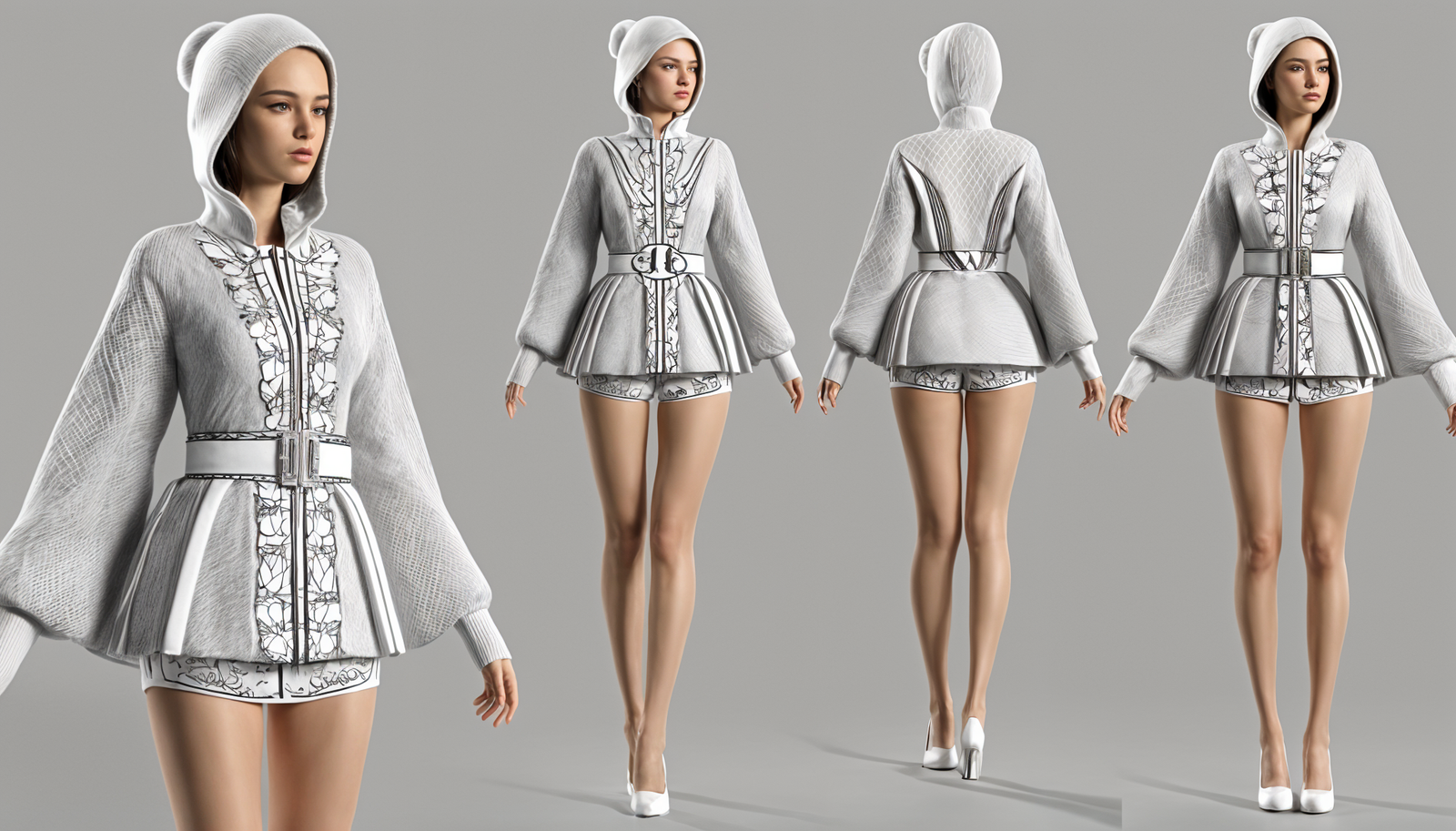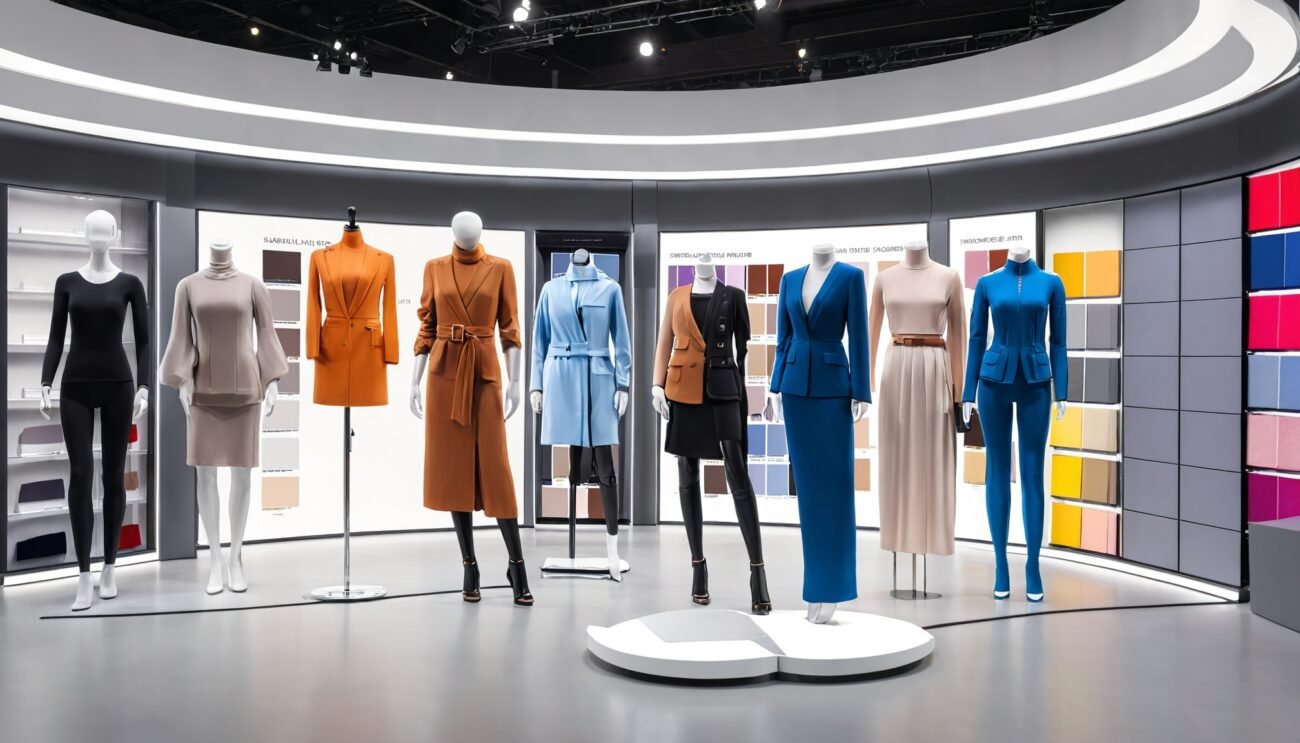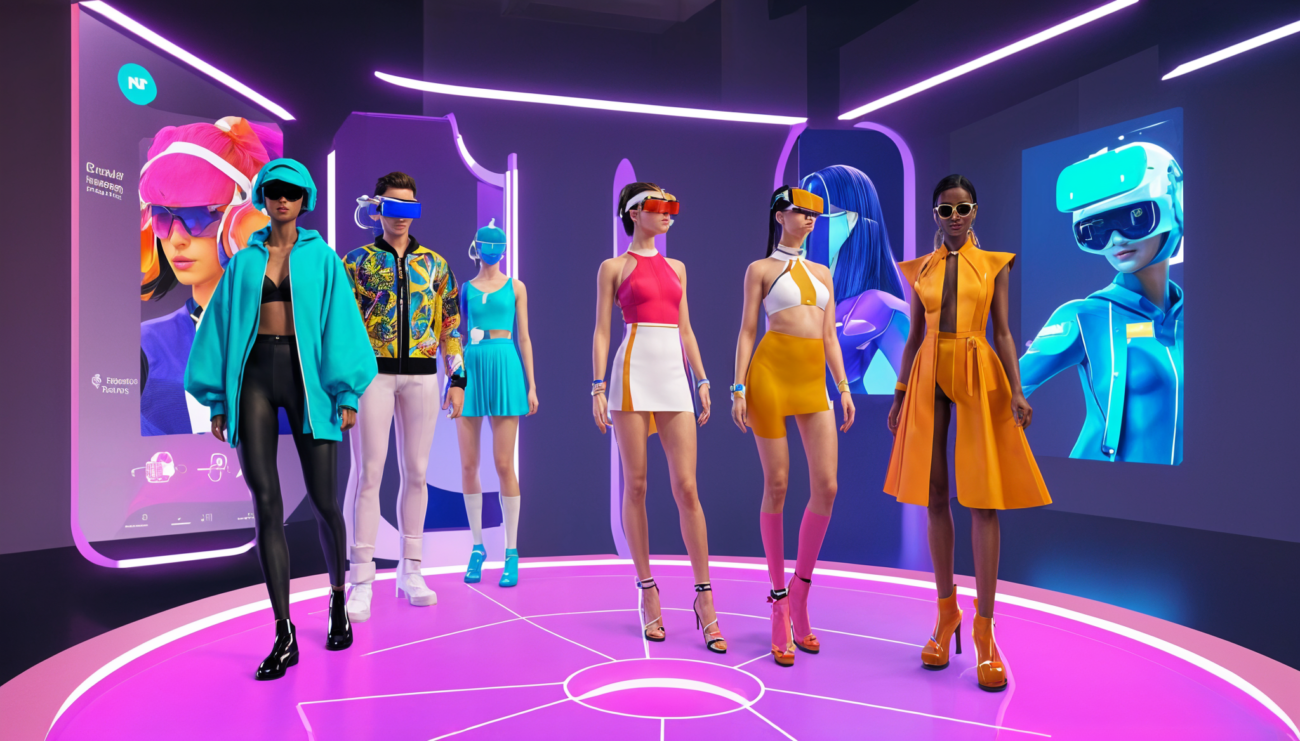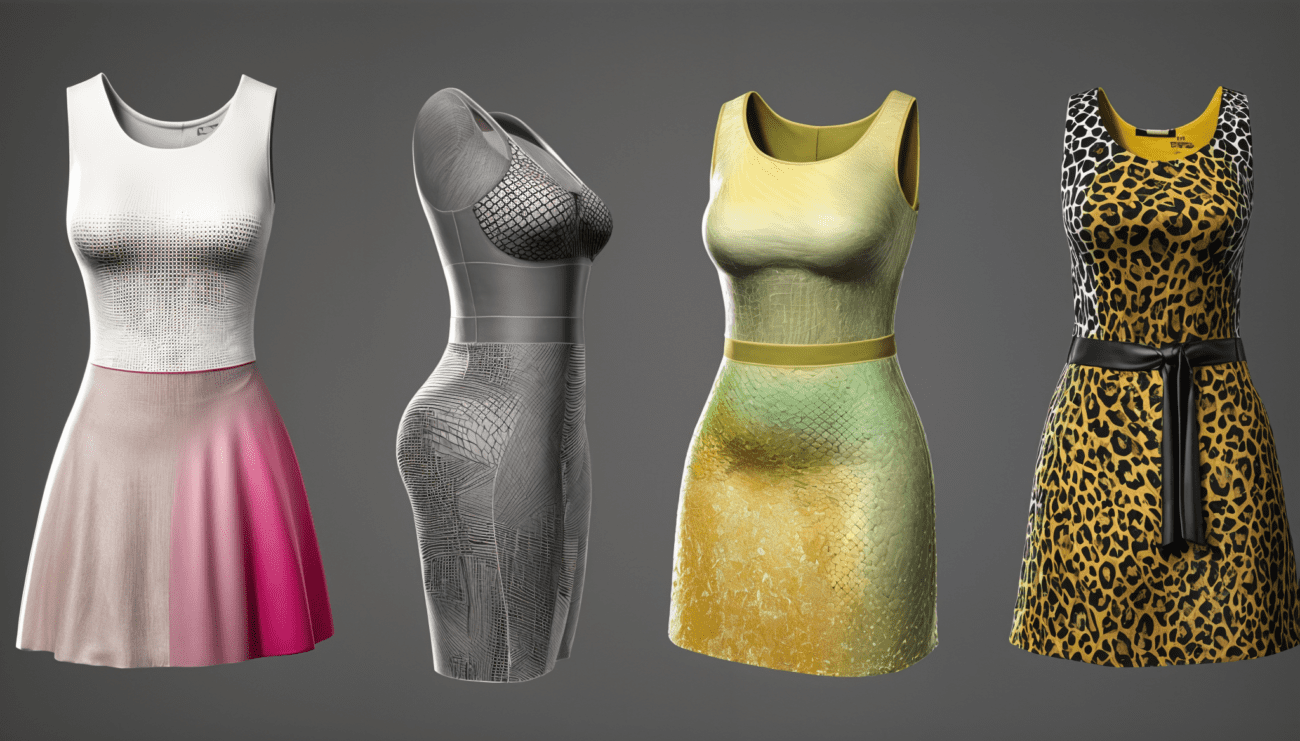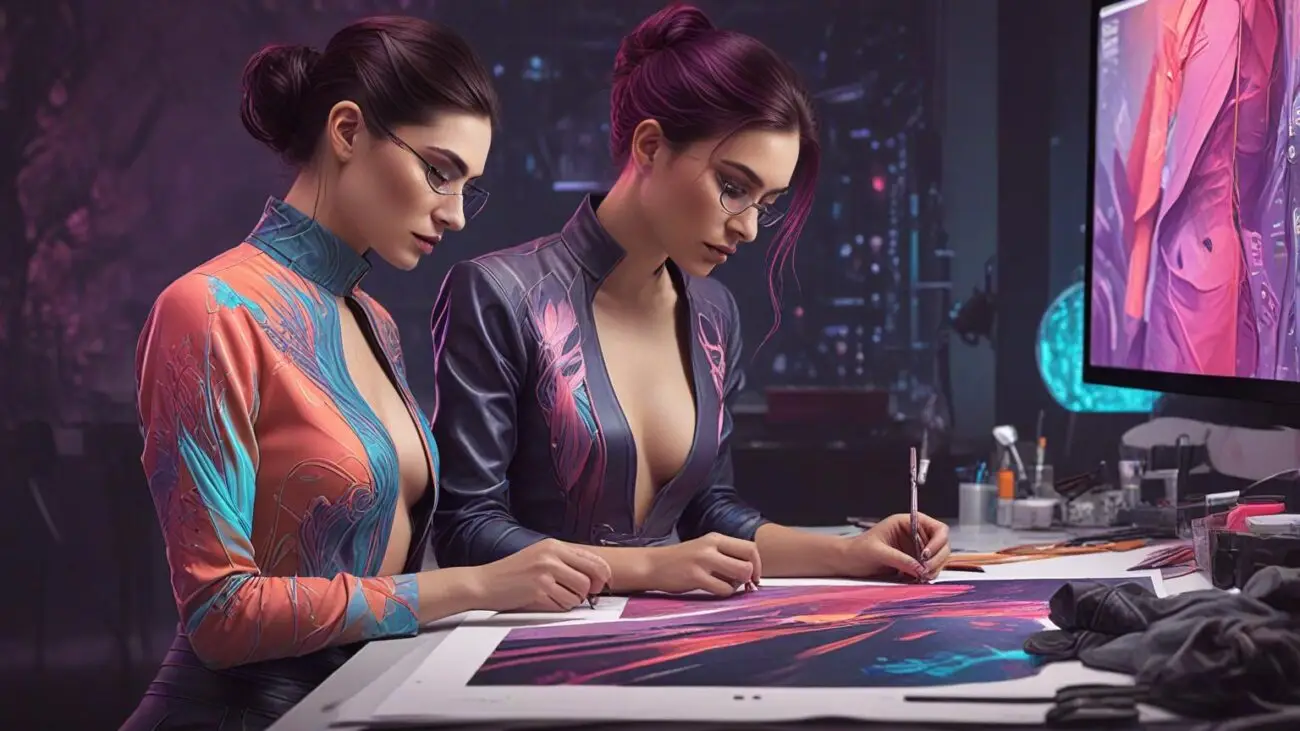Table of Contents
ToggleIntroduction
In the ever-evolving landscape of fashion, technology plays an increasingly vital role in shaping how garments are designed, produced, and presented. One of the most transformative innovations in recent years is the advent of 3D fashion models. These digital avatars have revolutionized the industry by providing a dynamic and interactive way to visualize clothing designs before they hit the production line. For fashion designers and buyers who work with bulk orders and fabrications, understanding and leveraging 3D fashion models can significantly enhance their workflow and decision-making processes.
The Rise of 3D Fashion Models
The fashion industry has traditionally relied on sketches, mannequins, and physical prototypes to bring designs to life. However, these methods have limitations in terms of flexibility, cost, and time. Enter 3D fashion models: sophisticated digital representations of human figures that can wear and showcase virtual garments in a hyper-realistic manner.
Advantages Over Traditional Methods
- Cost Efficiency: 3D fashion models eliminate the need for multiple physical prototypes, reducing material waste and production costs.
- Time Savings: Designers can quickly iterate on their designs, making adjustments in real-time without waiting for physical samples.
- Enhanced Creativity: With 3D modeling software, designers can experiment with textures, colors, and styles more freely than ever before.
- Improved Communication: These models provide a clear and detailed visual representation, making it easier to communicate ideas to stakeholders and clients.
How 3D Fashion Models Work
Creating 3D fashion models involves several key steps, each requiring specialized software and skills. Here's a breakdown of the process:
- Character Creation: The first step is to create the digital avatar, which involves defining the model's body shape, size, and other physical characteristics. This is done using 3D modeling software like Blender, Maya, or specialized fashion tools like CLO 3D.
- Garment Design: Next, designers create the virtual garments, which are modeled and textured within the software. This includes defining the fabric properties, such as drape, weight, and stretch.
- Simulation and Animation: The garments are then fitted onto the digital avatar, and simulations are run to ensure they move and behave like real fabrics. Animation can also be added to demonstrate how the clothes look in motion.
- Rendering and Visualization: Finally, the 3D models are rendered to produce high-quality images and videos, which can be used for marketing, presentations, and e-commerce.
Applications in the Fashion Industry
3D fashion models are not just a novelty; they have practical applications across various facets of the fashion industry.
Design and Prototyping
Designers can use 3D models to create and refine their collections without the need for physical samples. This is particularly beneficial for high-fashion houses that produce intricate and detailed garments.
Marketing and E-Commerce
3D models can be used to create stunning visual content for marketing campaigns and online stores. Virtual fashion shows and lookbooks are becoming increasingly popular, offering an immersive experience for consumers.
Customization and Personalization
With 3D modeling, brands can offer customized clothing options, allowing customers to see how garments will look in different sizes, colors, and styles before making a purchase.
Sustainability and Ethical Fashion
By reducing the need for physical samples and minimizing waste, 3D fashion models contribute to more sustainable and ethical fashion practices. This is a significant step towards addressing the environmental impact of the fashion industry.
Tools and Software for 3D Fashion Modeling
Several tools and software are available for creating 3D fashion models, each with its own set of features and capabilities. Here are some of the most popular ones:
CLO 3D
CLO 3D is a leading software in the fashion industry, known for its user-friendly interface and powerful simulation capabilities. It allows designers to create, modify, and visualize garments in a 3D environment.
Marvelous Designer
Marvelous Designer is another popular tool, renowned for its realistic fabric simulations. It is often used in conjunction with other 3D modeling software to enhance the overall design process.
Blender
Blender is a versatile open-source 3D modeling software that can be used for various applications, including fashion design. While it has a steeper learning curve, its extensive features make it a valuable tool for designers.
Maya
Maya is a professional-grade software used in many industries, including fashion. It offers advanced modeling, animation, and rendering capabilities, making it ideal for creating high-quality 3D fashion models.
Case Studies and Success Stories
To illustrate the impact of 3D fashion models, let's look at some case studies and success stories from the industry.
Balenciaga's Virtual Runway
Luxury fashion house Balenciaga made headlines with its virtual runway shows, utilizing 3D fashion models to present its collections. This innovative approach allowed them to reach a global audience and showcase their designs in a new and exciting way.
Tommy Hilfiger's Digital Transformation
Tommy Hilfiger has embraced 3D technology to streamline its design process. By using 3D fashion models, the brand has reduced its sample production time by 80%, leading to significant cost savings and faster time-to-market.
Challenges and Future Prospects
While 3D fashion models offer numerous benefits, they are not without challenges. These include the need for specialized skills, high initial costs for software and hardware, and the continuous evolution of technology.
Overcoming Skill Gaps
Training and education are crucial to overcoming the skill gaps in 3D fashion modeling. Fashion schools and online courses are increasingly incorporating 3D modeling into their curricula, ensuring the next generation of designers is well-equipped.
Technological Advancements
As technology continues to advance, we can expect even more realistic and interactive 3D fashion models. Virtual and augmented reality are likely to play a significant role in the future of fashion, offering new ways to experience and interact with clothing.
Conclusion
3D fashion models are transforming the fashion industry, offering unprecedented levels of creativity, efficiency, and sustainability. For fashion designers and buyers involved in bulk orders and fabrication, embracing this technology can lead to significant advantages in terms of cost savings, time efficiency, and overall design quality. As the technology continues to evolve, the possibilities for 3D fashion modeling are virtually limitless, promising an exciting future for the industry.

